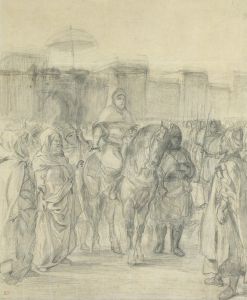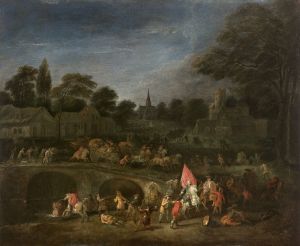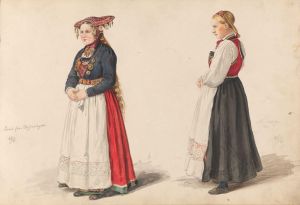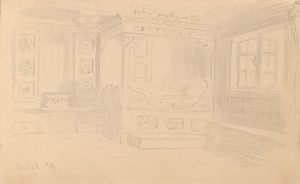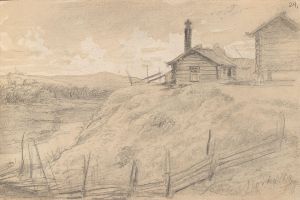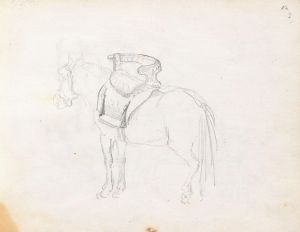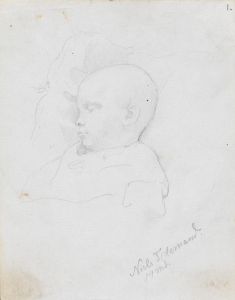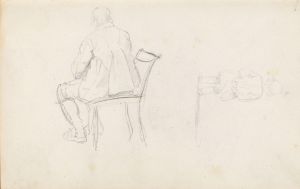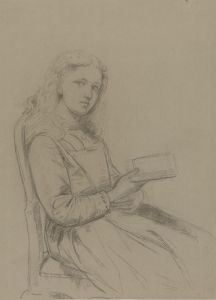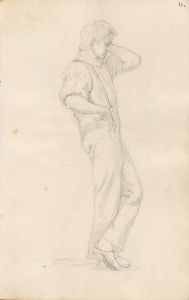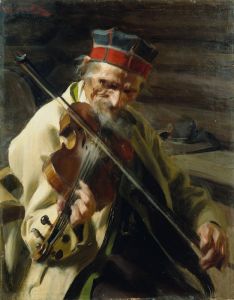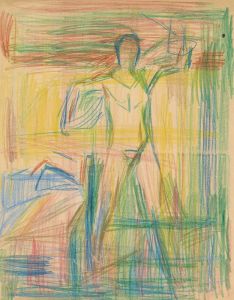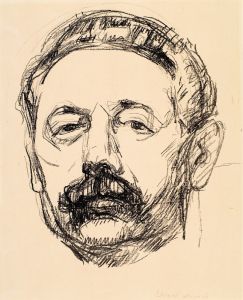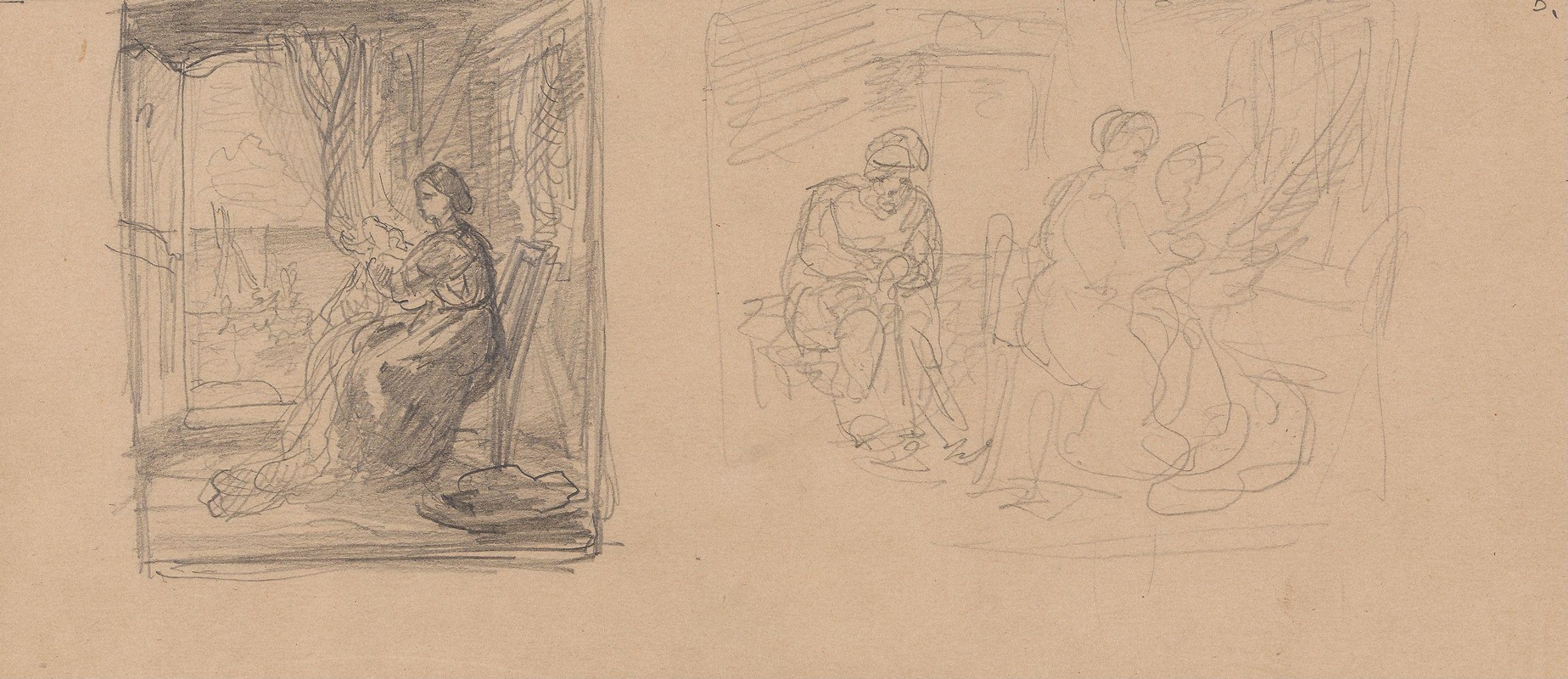
To komposisjonsstudier
A hand-painted replica of Adolph Tidemand’s masterpiece To komposisjonsstudier, meticulously crafted by professional artists to capture the true essence of the original. Each piece is created with museum-quality canvas and rare mineral pigments, carefully painted by experienced artists with delicate brushstrokes and rich, layered colors to perfectly recreate the texture of the original artwork. Unlike machine-printed reproductions, this hand-painted version brings the painting to life, infused with the artist’s emotions and skill in every stroke. Whether for personal collection or home decoration, it instantly elevates the artistic atmosphere of any space.
Adolph Tidemand was a prominent Norwegian painter in the 19th century, known for his contributions to the Romantic Nationalism movement in Norway. His works often depicted Norwegian folk life, traditions, and landscapes, capturing the essence of Norwegian culture during a time of burgeoning national identity. One of his lesser-known works is "To komposisjonsstudier," which translates to "Two Composition Studies."
"To komposisjonsstudier" is a study piece rather than a finished painting, which reflects Tidemand's process of exploring composition and form. As a study, it provides insight into Tidemand's artistic methods and his approach to developing larger, more detailed works. Such studies were common among artists of the time, serving as preliminary sketches or drafts that allowed them to experiment with different elements before committing to a final composition.
Adolph Tidemand was born on August 14, 1814, in Mandal, Norway. He pursued his artistic education at the Academy of Fine Arts in Copenhagen and later continued his studies in Düsseldorf, Germany, which was a significant center for the arts during the 19th century. The Düsseldorf School of Painting, where Tidemand studied, was known for its detailed and realistic style, which influenced Tidemand's approach to his subjects.
Throughout his career, Tidemand collaborated with other artists, most notably Hans Gude, with whom he created several famous works, including "Bridal Procession on the Hardangerfjord." While "To komposisjonsstudier" is not as widely recognized as some of his collaborative pieces, it remains an important part of his oeuvre, showcasing his individual style and thematic interests.
Tidemand's focus on Norwegian themes was part of a broader cultural movement in Norway during the 19th century, which sought to establish a distinct national identity through art, literature, and music. His paintings often featured scenes of rural life, traditional costumes, and historical events, which resonated with the Norwegian public and contributed to a sense of national pride.
"To komposisjonsstudier," like many of Tidemand's works, likely reflects his interest in these themes, although specific details about the content of this study are not widely documented. The piece would have served as a preparatory work, allowing Tidemand to experiment with different compositional elements that he might later incorporate into a more polished painting.
Adolph Tidemand's legacy is significant in the context of Norwegian art history. He is remembered for his ability to capture the spirit of Norway during a pivotal time in its cultural development. His works continue to be celebrated for their historical and cultural significance, and they are housed in various museums and collections, including the National Gallery in Oslo.
In summary, "To komposisjonsstudier" represents an aspect of Adolph Tidemand's artistic process, providing a glimpse into his method of developing compositions that reflect Norwegian life and identity. While specific details about this particular study are limited, its existence underscores Tidemand's dedication to his craft and his role in shaping Norwegian art.





